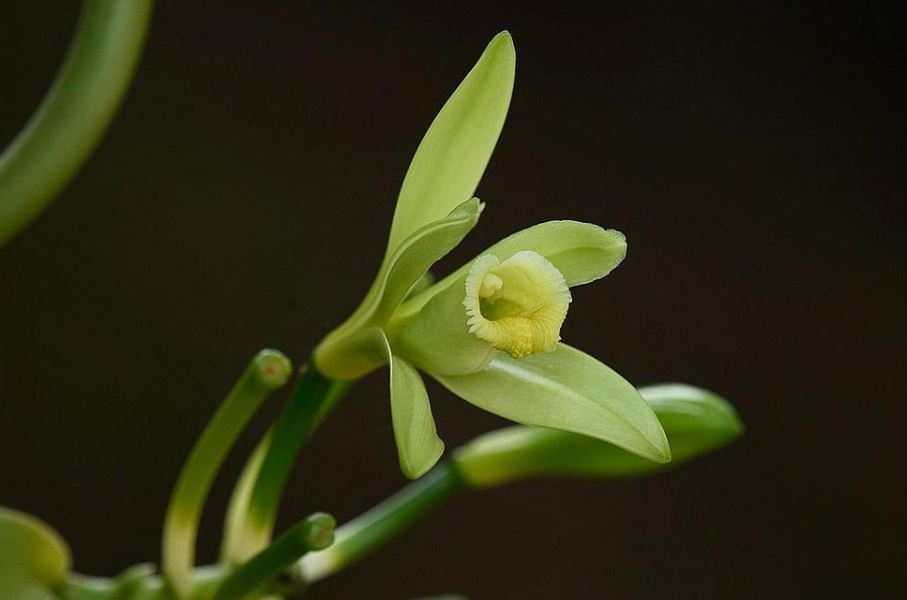Plants mainly produce our food. Each species is unique because of its diverse shapes, hues, and flowering patterns, but orchids stand out in the flora category.
Can orchids be eaten? Various additional orchids are often consumed worldwide, while vanilla orchids are well-known plants that yield a delectable pod. Although many uses are uncommon in the West, edible orchid blossoms are only one of the plant’s edible parts.
We get our food, fuel, shelter, and clothes from the natural environment. Our forefathers, whose palates were diverse and adventurous, have taught us a lot about food. Orchids have a long and rich history in various cuisines, although it is unknown who initially thought of them as edible. While not all orchids may be eaten, many have tasty flowers, pods, and roots.

Are Orchids Food?
It would be best if you did not eat any orchids, but centuries of trial and error have allowed us to know which ones are edible. Deeply dark, leathery pods produced by vanilla orchids are a typical baking component. For the beans, vanilla planifolia or vanilla pompons are the usual sources. Nonetheless, certain orchids also produce fragrant pods. While the fragrant pods from the vanillas odorata, cribbiana, or insignis are produced, they are not consumed.
Two other non-Vanilla species are utilized as vanilla replacements. Leptotes bicolor and Selenipedium chica are these. The plants are famously hard to cultivate, but a young man invented a method of manually pollinating the blossoms in 1841, and it is still in use today. This made it possible to spread vanilla across Europe and the world.
Vanilla Orchid Facts
Saffron is the most costly flavor, followed by vanilla. Moreover, it is the most well-liked taste worldwide. Mexico monopolized the vanilla market until the 19th century, but now Madagascar and Indonesia are where most of our vanilla is cultivated. Despite some vanilla cultivated in Hawaii and Puerto Rico, the flavor remains pricey due to transportation expenses.
Furthermore, labor-intensive is the plant’s growth and harvest. The vast, creamy white, yellow, or pink bloom that the native tropical American plant produces only lasts one day. The semi-epiphytic plant develops into vines as it ages. The round leaves are a rich shade of green. USDA zones 10-11 are suitable for vanilla orchid hardiness. There are four native vanilla species in Florida, but they are not harvested since they are at risk of extinction. The only edible fruit-bearing species of orchid is the vanilla orchid.
Further Edible Orchids
The most popular edible orchid species maybe vanilla. However, other species also offer culinary qualities. Sahlab is a delightful beverage often made from plants in the genus Orchis. The plant roots are ground into powder, dried, and spiced before being served as a warm beverage. Sahlab is also used to make Turkish ice cream.
Zambian food called Chikanda is produced from the ground-up orchid tubers and is thickened and served sliced. Several members of the Dendrobium genus have edible blooms, and the stems may be chopped and used to stir-fries. Olathe is a meal made from cymbidium orchids cooked with cheese and spices. Even edible orchid blooms have the potential to upset the stomach. Several orchid roots have been used in traditional Chinese and Greek medicine. While their effectiveness is uncertain, they were thought to be non-toxic.

